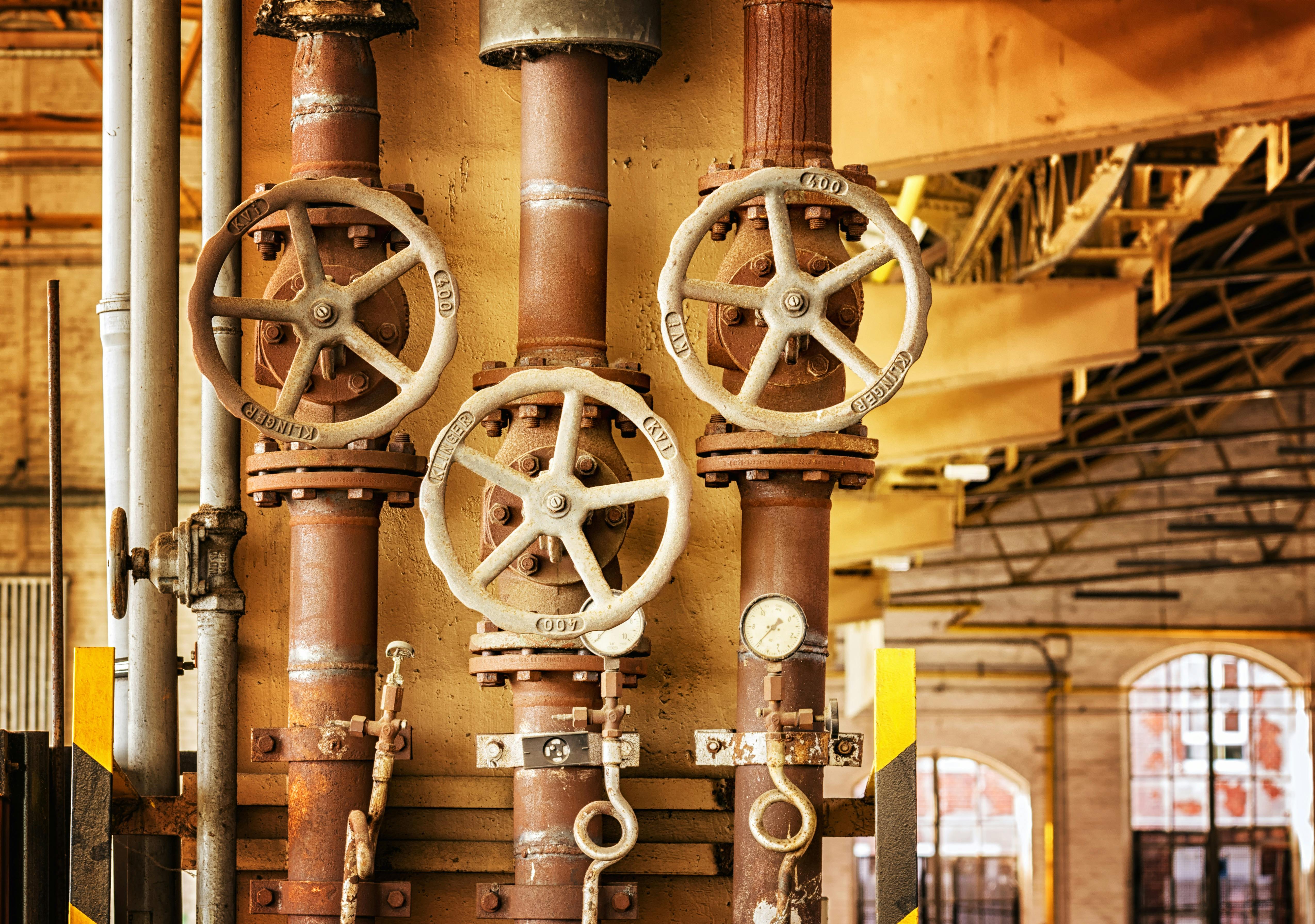Pressure Sensors: Definition, Types, and How They Work
by Quotebeam Team
Nov 5, 2024

Pressure sensors are essential components across various industries, measuring the force exerted by fluids and gasses. They supply critical data that ensures systems operate safely and efficiently. In this article, we delve into what pressure sensors are, their different types, and their operational mechanisms. We also explore their applications in multiple industries and their significance in automation.
What are pressure sensors?
Pressure sensors are devices that measure pressure and convert it into electrical signals. We use these sensors to monitor and control processes where pressure levels are vital. They help maintain safety, improve performance, and uphold system integrity in various settings.
What is the definition of a pressure sensor?
A pressure sensor detects the force applied by a fluid or gas and converts that information into an electrical signal. This conversion enables systems to monitor and respond to pressure changes effectively.
What are the different types of pressure sensors?
Pressure sensors come in several types, each tailored to specific applications and conditions. The primary categories include piezoelectric, capacitive, and strain gauge sensors. These types are preferred in the industry for their reliability and accuracy.
What are the main categories of pressure sensors?
Piezoelectric pressure sensors utilize materials that generate an electrical charge when subjected to pressure. They are ideal for monitoring dynamic pressure changes, such as those occurring during explosions or engine tests. Capacitive sensors measure pressure by detecting changes in electrical capacitance, making them suitable for low-pressure applications. Strain gauge sensors employ a metal or semiconductor to measure pressure by sensing changes in electrical resistance. They are versatile, providing precise readings across a wide range of pressures.
How do the types of pressure sensors compare to each other?
When comparing these sensors, piezoelectric types excel in applications that require fast response times. Capacitive sensors are favored in low-pressure environments due to their sensitivity. Strain gauge sensors offer a broad measurement range, making them adaptable to various settings. Each type has distinct advantages, designed to meet specific industrial requirements.
What are the advantages and disadvantages of each type?
Piezoelectric sensors are highly sensitive but may not perform well under static pressure conditions. Capacitive sensors offer high sensitivity and low power consumption but can be influenced by environmental factors like temperature. Strain gauge sensors are robust and accurate; however, they might require more power and maintenance. Understanding these trade-offs is crucial for selecting the appropriate sensor for a given application.
What are the applications of pressure sensors?
Pressure sensors are pivotal in numerous industries, ensuring system efficiency and safety. They are employed in diverse applications, from automotive to aerospace, each demanding specific sensor capabilities.
Where are pressure sensors commonly used?
In the automotive industry, pressure sensors monitor tire pressure and engine performance to enhance safety and fuel efficiency. In aerospace, they ensure the proper functioning of hydraulic systems and cabin pressurization. Industrial automation relies on these sensors to maintain optimal performance and prevent system failures.
What role do pressure sensors play in various industries?
Pressure sensors are essential for maintaining operational integrity across different sectors. In healthcare, they monitor blood pressure and respiratory functions. In manufacturing, they optimize processes by providing real-time data on fluid and gas pressures. These sensors help prevent costly downtimes and improve product quality.
How do pressure sensors contribute to industrial automation?
In industrial automation, pressure sensors provide precise monitoring and control of systems. They detect anomalies, allowing for timely interventions to prevent failures. By delivering accurate data, they enable automated systems to adjust processes for better efficiency and productivity. This capability makes them indispensable in modern automation setups.
How do pressure sensors work?
To understand how pressure sensors operate, it's essential to grasp the basic principles of pressure measurement and the technologies involved. These sensors convert physical pressure into readable data through various mechanisms.
What are the basic principles behind pressure measurement?
Pressure measurement involves detecting the force exerted by a fluid or gas and converting this force into an electrical signal for analysis. The conversion process varies depending on the sensor type, such as piezoelectric or capacitive mechanisms, each employing different principles to achieve accurate readings.
What technologies are commonly used in pressure sensors?
Common technologies in pressure sensors include electronic and digital systems. Electronic pressure sensors use analog signals to transmit pressure data, offering simplicity and reliability. Digital pressure sensors provide more detailed information through digital signals, enabling more precise monitoring and control. These technologies ensure that pressure sensors meet the diverse needs of various industrial applications.
